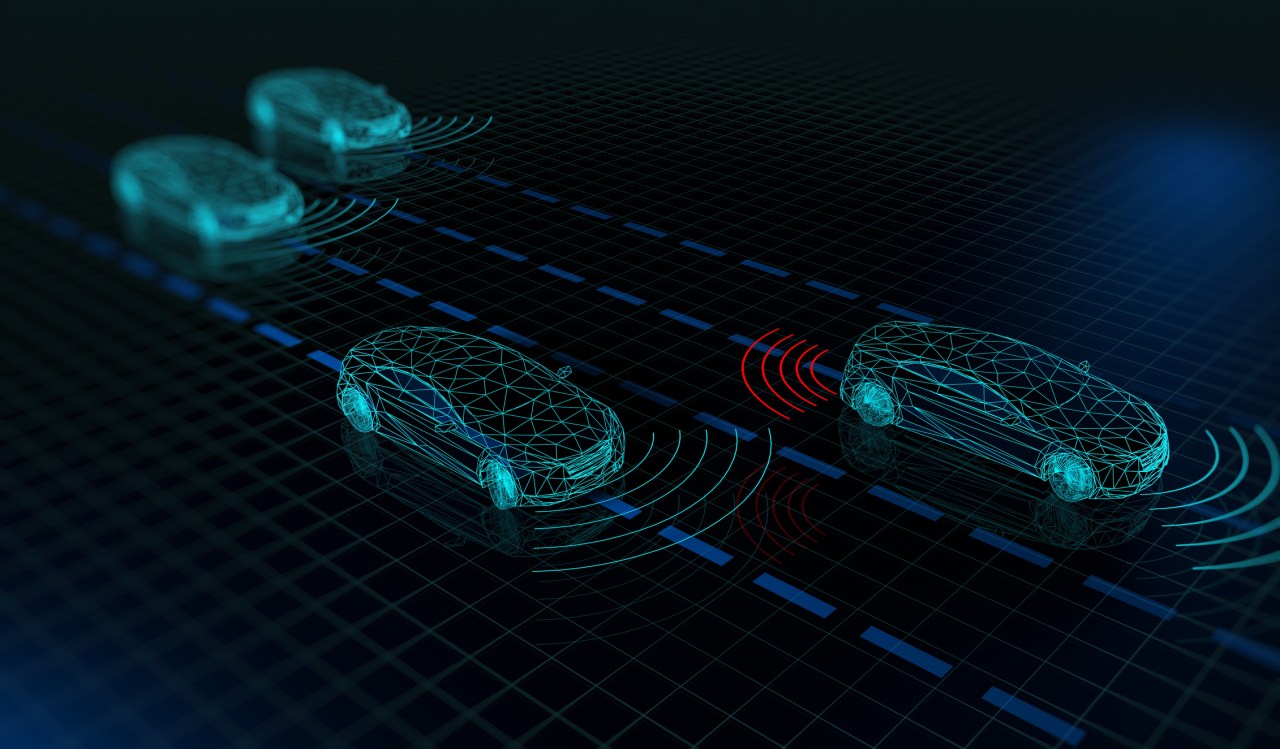As the automotive landscape evolves, it may seem like the spotlight shines solely on autonomous driving technology. However, the reality is that most of us will still be driving non-autonomous cars for the foreseeable future. Yet, don’t be fooled; these vehicles are quickly being outfitted with advanced artificial intelligence (AI) capabilities. Let’s delve into the fascinating ways AI is set to enhance our driving experiences—making roads safer and offering innovative functionalities, even for those of us driving without a self-driving feature.
Enhancing Safety with Inward-Facing AI Technology
One of the most promising applications of AI in vehicles is through inward-facing cameras that keep a watchful eye on drivers. These smart systems are already making waves in the commercial vehicle sector, as they can detect signs of drowsiness, distraction, and even inebriation. By alerting drivers before an incident occurs, these AI solutions not only save lives but could also lead to significantly lower insurance costs.
Imagine a future where personal vehicles are also equipped with this technology. AI-powered cameras will be able to verify if children or pets are left inside cars, potentially preventing heat-related fatalities—a tragedy that occurs far too often. Considering that, on average, 37 children die in such incidents in the U.S. each year, the implementation of this technology could prove to be life-saving.
A New Era of Passenger Safety and Comfort
As we move towards autonomous ridesharing, it is crucial for vehicles to assess passenger occupancy and ensure that seat belts are securely fastened. AI will play a pivotal role in this transition by enabling vehicles to check for both people and property, ensuring that nothing is left behind, ultimately improving safety during rides.
In terms of crash management, AI is set to revolutionize how vehicles respond during an accident. By integrating sensor technology and computer vision, future cars will be capable of determining seat belt status and passenger dimensions. This information will allow for precise airbag calibration, dramatically improving occupant safety in the event of a collision.
Transforming the User Experience
Let’s not overlook the tangible benefits AI will bring to user experience within the vehicle. Despite the fact that vehicles serve as crucial consumer products, they have lagged behind other electronic devices in usability. AI is paving the way for intuitive controls through natural language processing and gesture recognition, allowing drivers and passengers to adjust settings or change music with ease. Imagine cruising down the highway while simply gesturing to interact with your vehicle’s dashboard—this will soon be a reality.
Predictive Maintenance and Cybersecurity
AI doesn’t just enhance user interaction; it also promises to be a game-changer in vehicle maintenance. Current systems may only generate basic diagnostic codes, but machine learning has the potential to analyze vast amounts of sensor data—predicting mechanical issues before they escalate. This capability is especially vital for autonomous vehicles, which rely on effective systems without human intervention.
Moreover, as vehicles become more connected, the need for robust cybersecurity measures intensifies. Advanced AI can help detect software anomalies and potential cyber threats long before they can inflict damage, ensuring the integrity of vehicle operations.
New Horizons in Mapping and Traffic Monitoring
The potential applications of AI don’t stop there. With the ability to transform standard vision systems, vehicles could function as mobile data collectors. These innovations could include creating high-definition maps for precise vehicle localization, monitoring traffic flow, and even enhancing urban safety by observing pedestrian movements and potential hazards.
Challenges and Opportunities Ahead
Despite the considerable potential for AI integration, there are challenges to navigate. Developing AI-powered features concurrently while being mindful of cost and energy consumption is critical. As various algorithms advance, manufacturers will need to adopt efficient models like XNOR.ai, allowing multiple solutions to operate effectively on cost-effective automotive hardware.
Conclusion
Your future non-autonomous car will be equipped with an array of AI-driven features that enhance safety, user experience, and maintenance. While the dream of fully autonomous driving remains, a wealth of enhancements is coming to vehicles sooner than you might think. At fxis.ai, we believe that such advancements are crucial for the future of AI, as they enable more comprehensive and effective solutions.
Our team is continually exploring new methodologies to push the envelope in artificial intelligence, ensuring that our clients benefit from the latest technological innovations. For more insights, updates, or to collaborate on AI development projects, stay connected with fxis.ai.

